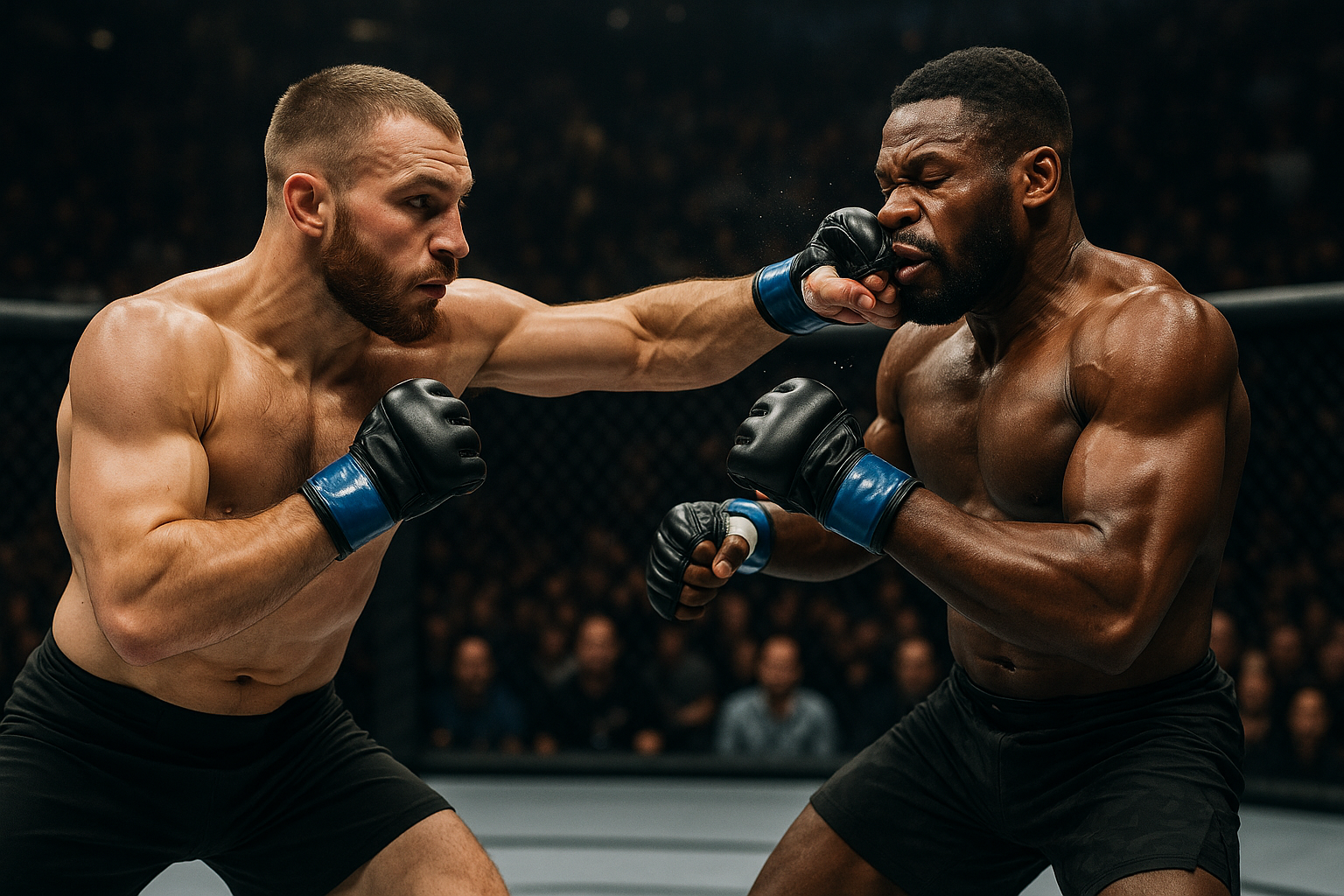Breaking Barriers: The Rise of Mixed Martial Arts in Mainstream Sports
Mixed martial arts (MMA) is a combat sport that has seen a meteoric rise in popularity over the last couple of decades. Once considered a fringe activity, it has now carved a significant niche in the mainstream sports world. This piece will delve into the journey of MMA, its current industry trends, and the implications for athletes and fans alike.

MMA’s origins can be traced back to the ancient Olympic Games, but its modern incarnation started gaining traction in the late 20th century. The sport’s journey from obscurity to recognition has not been smooth, marred by controversies and criticisms, but its resilience has seen it break into mainstream consciousness.
Unraveling the Roots
MMA’s roots lie in various combat sports and martial arts traditions from around the world. Ancient Greeks engaged in a sport called pankration, which combined wrestling and boxing and permitted nearly all forms of attacks. In the East, similar combat sports emerged where different fighting styles were pitted against each other.
The modern version of MMA came to prominence in the 1990s with the establishment of the Ultimate Fighting Championship (UFC). The UFC began as a tournament to determine the most effective martial arts for real unarmed combat situations. It was initially marketed as a no-holds-barred competition with minimal rules, which led to criticisms and calls for bans due to perceived brutality.
The Road to Acceptance
Despite the early controversies, MMA promoters and organizations worked hard to gain legitimacy. They introduced more rules and weight classes, and actively promoted fighter safety. This led to increased acceptance and recognition from sports commissions across the world.
One key element in MMA’s rise to mainstream acceptance has been its embrace by media and entertainment companies. Pay-per-view broadcasts, reality TV shows, and partnerships with major sports networks have helped bring MMA into millions of homes worldwide.
Current Trends and Future Projections
MMA continues to evolve, with new strategies and techniques emerging regularly. The sport’s popularity is also on a steady rise, with UFC events drawing millions of viewers globally. MMA’s growth has sparked interest from advertisers and sponsors, contributing to its financial viability.
One exciting trend in MMA is the increasing participation of women. Female fighters have gained recognition for their skill and prowess, breaking gender barriers and inspiring a new generation of athletes.
Impact on Athletes and Fans
MMA’s rise has opened up a new avenue for athletes from various martial arts backgrounds. Many have found the sport to be a platform to showcase their skills, gain recognition, and earn a livelihood.
For fans, MMA offers a unique blend of excitement, unpredictability, and technical complexity. Its popularity has led to increased accessibility, with more gyms offering MMA training and more events being broadcasted on mainstream sports channels.
Conclusion
MMA has come a long way from its controversial beginnings. Its journey to mainstream acceptance is a testament to its resilience and adaptability. As the sport continues to evolve and grow, it will undoubtedly continue to captivate fans and inspire athletes for years to come.
Through a combination of historical context, current trends, and expert analysis, this article has provided a fresh perspective on the rise of MMA in mainstream sports. It has offered an exploration into the sport’s journey, its current status, and the implications for athletes and fans. Whether you’re a seasoned MMA enthusiast or a newcomer to the sport, there’s no denying the impact and influence of this dynamic combat sport.






